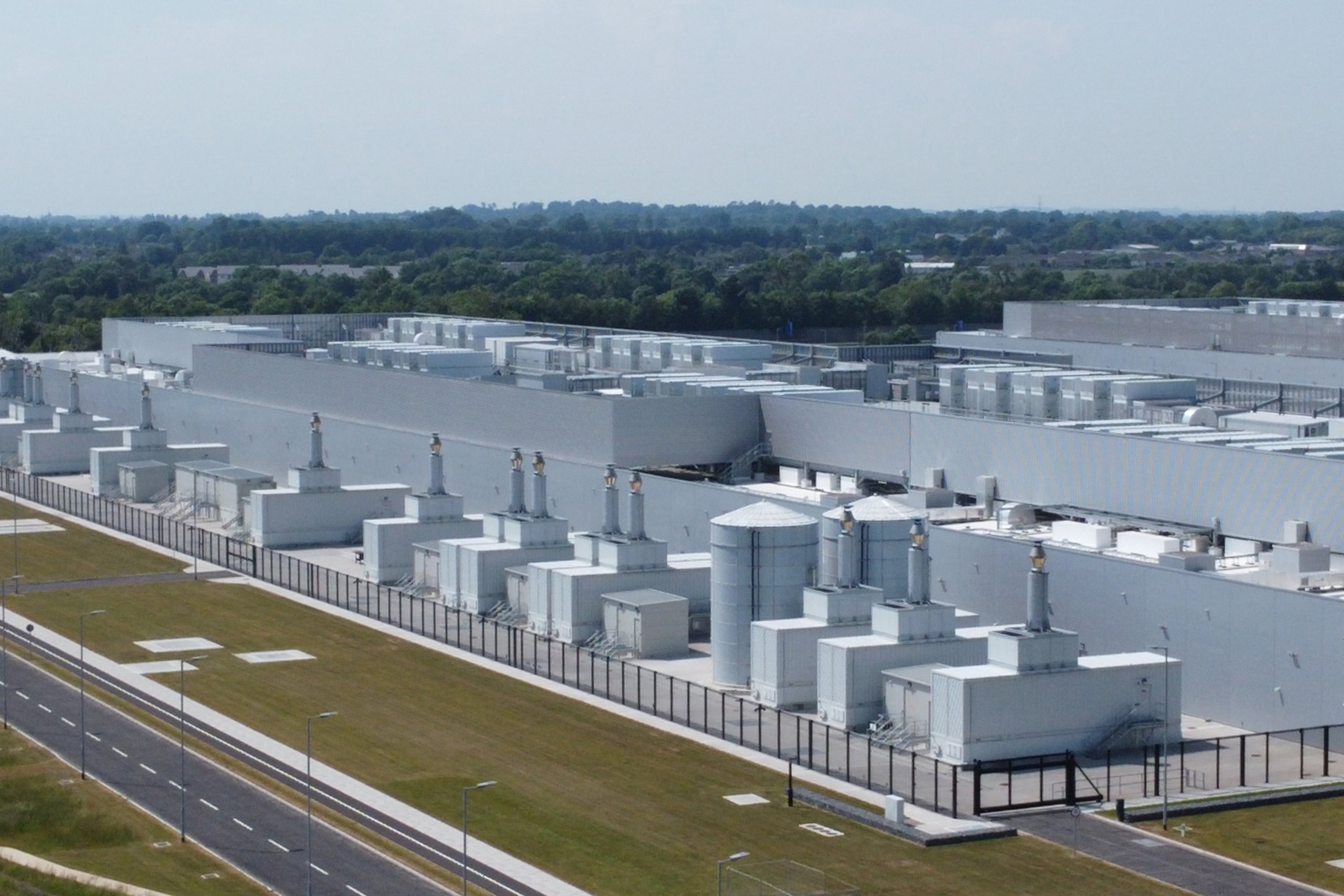This year’s mild autumn temperatures have resulted in a “bumper season” for wild Irish mushrooms, according to foragers.
Bill O’Dea expects to lead mushroom hunts “well into November” this year. Last year was the first time that he did so.
O’Dea, who has been running mushroom hunts in Ireland and abroad for more than 25 years, told The Irish Times the wild mushroom season also experienced a late start due to the heatwave in August.
I don’t recall seeing field mushrooms in November and I know that there’s a field I could go to tomorrow and it’ll be filled with field mushrooms
“This has been a bumper season for most of the good edible mushrooms. Many believe this is due to the unusually hot spell in August. Of course, it also resulted in very few mushrooms in August, so the season started late.
READ MORE
“We are also finding some of the good edibles like St George’s mushrooms and Blewitts growing out of season.”
Wicklow-based forager Geraldine Kavanagh agrees that “this year stands out more because it’s been mild for so long”.
“It’s been up to 15 degrees in the last couple of days and that has extended the foraging season for me,” she said.
“I don’t recall seeing field mushrooms in November and I know that there’s a field I could go to tomorrow and it’ll be filled with field mushrooms. It’s been a fantastic year for wild mushrooms. I can find porcini mushrooms tomorrow if I want them.”
O’Dea describes soil as “the great carbon bank”, which needs to be understood and nurtured.
“People automatically go out and spray; the supermarkets have huge displays of poisons outside, in bright green and bright blue. That kills the soil and releases all the carbon from the soil,” he pointed out.
Nature is quite complex in how it works; if things are out of synchronisation, if our plants come early or foods come late, it affects everything else
“There are thousands of kilometres of roots and fibres under just one footprint of soil. Fungal mycelium use carbon to grow, building their little roots and fibres.”
He added: “One of the small things people can do is stop this obsessive tidying of their gardens to look like golf courses and spraying to make sure there’s no moss on the lawns. Instead of a war with nature, we should try and work with nature. People find that a bit threatening because they don’t want dandelions growing in their garden, which they can eat, by the way.”
[ Plants flowering earlier due to climate changeOpens in new window ]
O’Dea attributes the greatly reduced numbers of farmland birds on the Irish landscape to the intensification of farming practices.
“If you look at all the land, most of those fields are dead, they’ve been rendered sterile. If you pull a plough across a field now, there are no birds following the plough, and there always used to be. Farmers will tell you that. It’s because there are no worms, the soil is dead. That’s the reality. The soil is largely being killed not only throughout Ireland but also the western world, and that has released carbon into the atmosphere.”
He added: “They reckon there are millions of different funghi in the world and we’ve only named about 150,000 of them – and that’s from the highest part of the world to the deepest part of the ocean.”
“There are animals and insects that are dependent on different funghi. They’re an important part of the food chain. Nature is quite complex in how it works; if things are out of synchronisation, if our plants come early or foods come late, it affects everything else.”











